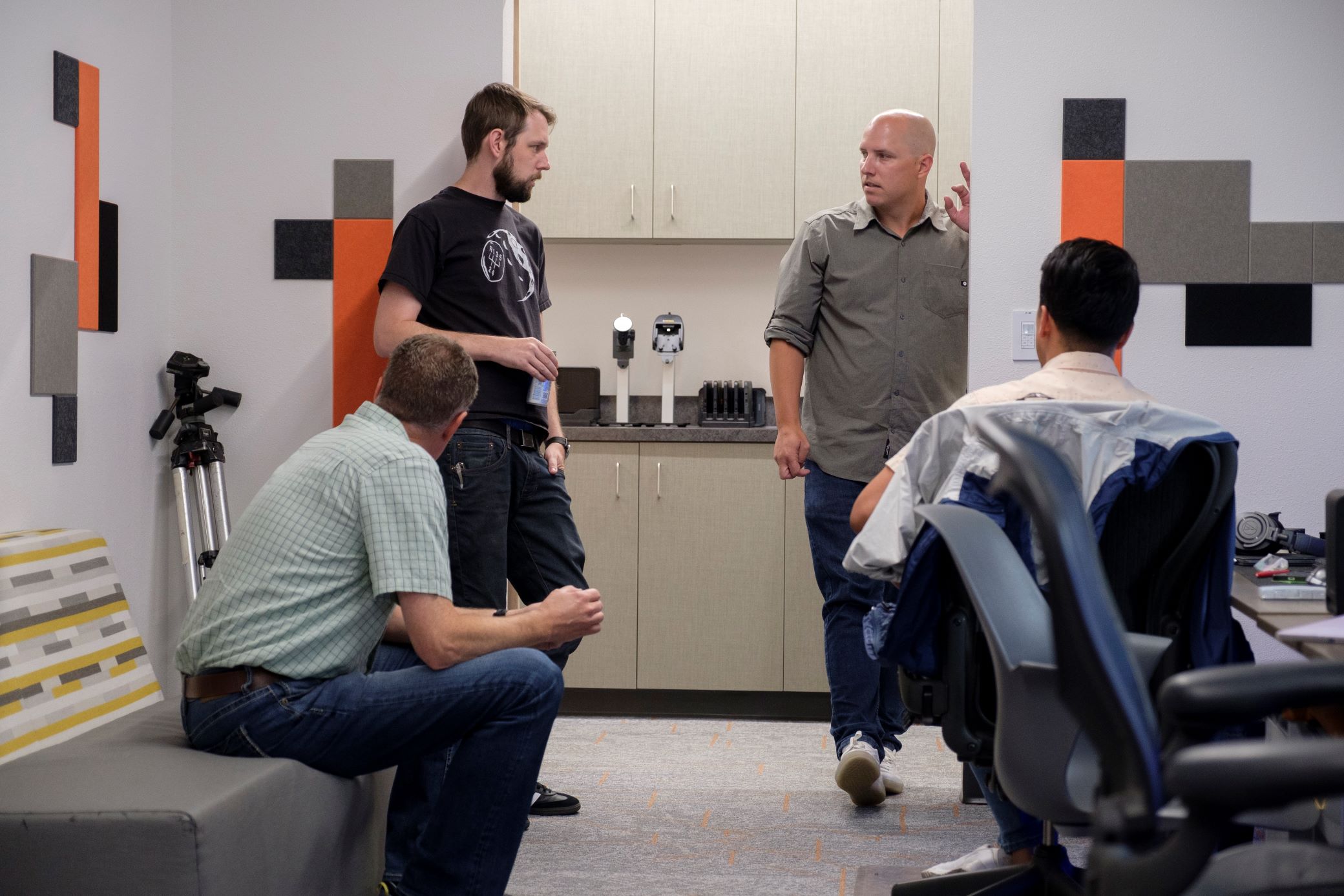"The team at SGW have individual skill-sets that work together to create a 'can do' operation at the same time being mindful of budgets and commercial cost constraints."
—Eric Ries, Author of The Lean Startup
Back in 2012, Author Eric Ries penned those words in his bestselling book The Lean Startup. Little has changed in the decade since; most companies still face this “grim reality” — perhaps more than ever before — in the form of internal, organizational struggles and formidable challenges when bringing their products to market.
But SGW Designworks is living proof that not all is bleak. Back then, we were honored when Ries’ featured a success story in his book; today we continue striving to put The Lean Startup model to work: by growing a company that is more capital efficient, in leveraging our team’s creativity, and helping our clients launch viable products. After all, the book’s very subtitle — “How Today’s Entrepreneurs Use Continuous Innovation to Create Radically Successful Businesses” — is a testament to the triumphs we and many other global evangelists of the Lean Startup method experience every day.
The Lean Startup approach is inspired by lessons gleaned from the lean manufacturing revolution that Taiichi Ohno and Shigeo Shingo developed at Toyota. It has been adopted by organizations across the globe, including household names like GE and Quickbooks — as well as our own at SGW. Its principles, which we hold in high regard, are as follows:
- Entrepreneurs Are Everywhere
- Entrepreneurship = Management
- Validated Learning
- Build-Measure-Learn
- Innovation Accounting
In its pages, The Lean Startup illustrates the importance of the above principles through dozens of success stories (and failures) of companies of all sizes. Ries presents techniques to speed through the Build-Measure-Learn feedback loop, a process intrinsic to our operations at SGW.
In keeping with Lean Startup methodology, we also rely on “validated learning,” rapid scientific experimentation, and other practices that shorten product development cycles. Just as importantly, we help our clients discover what their customers really want. As Ries succinctly states, “The Lean Startup isn’t a collection of individual tactics; it is a principled approach to new product development.”





